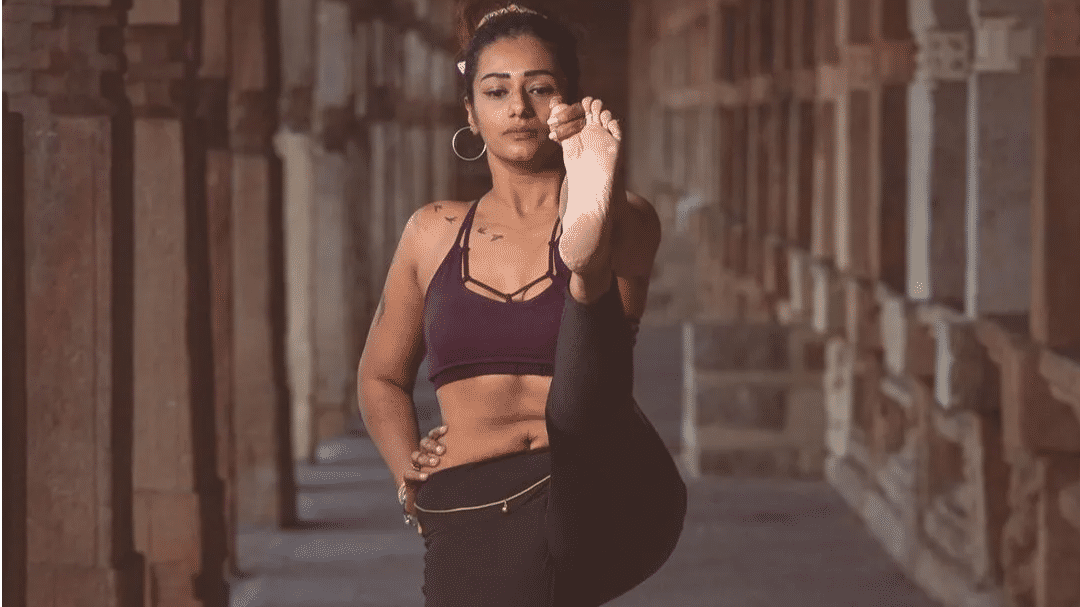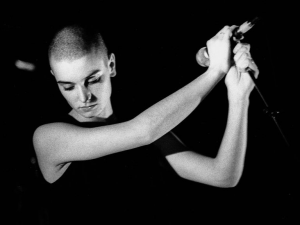When a 16-year-old walked into a yoga hall with her mother, she was intimidated. On seeing the guru put his feet behind his head, her first reaction was- “Pav toot gaya toh?” (what if I break my foot?) Today, Suvarnrekha Choudhary or Suvi has been teaching yoga for 11 years. “Yoga saved me,” she says. She runs a yoga studio – ‘Suvi’s Yoga House’ – in Thane, Maharashtra.
Also read: Five Yoga Asanas to boost immunity post COVID-19
Also read: Does laughter yoga reduce blood sugar levels?
Suvarnrekha has scoliosis. When asked about how she ended up practicing and then teaching yoga, she told Opoyi that her journey began when she decided to treat her back problem.
“I worked in a call center and during a night shift, my back started to ache. My orthopedist asked me to quit the job. He said I needed to treat myself and then do whatever I wanted to do. He said that at this age, so young, I should not be facing such issues. And then I thought, ‘Okay, I don’t want to live like this’. That’s when I decided to start practicing yoga. But there was no yoga teacher available and the classes were very expensive. Then I thought that I need to learn yoga for myself. I did a teacher training course and learned many things. I started practicing at home and it worked miracles. The back pain was gone.”
Also read: Is Yoga recommended for kids? 5 easy poses a child can begin with
“That’s when I decided that I will never leave yoga, at least for myself. I started teaching my friends just for fun. Got introduced to a gym. Started teaching there. Teaching wasn’t intentional,” she said. “My purpose was being fit and keeping others fit.”
Also read: What is face yoga? Know its technique, benefits
When asked how yoga impacts wellbeing – physical, mental and spiritual, Suvarnrekha says,” When you perform yoga, it is not only physical exercise. We focus on breathing and drishti (eye gaze). So all these things together make a yoga asana. And if you only perform physical activities, it’s acrobatics. Yoga is about your body, mind and soul. When you perform an asana, it is physical. When you connect it with your breath, it is the mind and for the soul you use drishti.”
Also read: Six ways yoga benefits mental and physical health
“Little things make a huge difference,” Suvernrekha says, talking about how the slightest of the movements, changes of postures or even irregular breathing during an asana can impact one’s body. “Today you might not feel anything but if you continue doing the wrong thing, it will affect your body posture and you will experience body ache. The asana will not be beneficial.”
Busting myths about yoga Suvarnrekha says that one doesn’t have to be flexible or necessarily lean to start practicing yoga. “You have to be human,” she says, adding that it is the barriers in the mind that stops one. “When you practice yoga, you are stepping out of your comfort zone. You might experience body ache. Nobody likes pain. But you need to be determined. Spend only 15 minutes on the mat every day.”
The Mumbai-based yoga trainer believes that International Yoga Day during a pandemic is quite different from the usual. “Personally, I believe that you should feel yoga and an in-person setting is the best. People were a lot more committed before the pandemic but now, they seem to have lost interest,” she adds, acknowledging that virtual sessions do give her a chance to reach a wider audience.
Also read: Flat tummy, stress, and more: Yoga is your answer
Now when a 16-year-old who is intimidated by yoga or feels uncomfortable practicing it, what would you say? What is your message to everyone on International Yoga Day?
Suvarnrekha: I would ask everyone to believe in themselves and more importantly believe in yoga and your guru.







